Bubbling over
You’ll rarely find ambassador for Piper-Heidsieck and Charles Heidsieck, Ned Goodwin, drinking wines from Bordeaux when he’s off-duty. The Master of Wine prefers quaffs from Jura and Loire Valley.
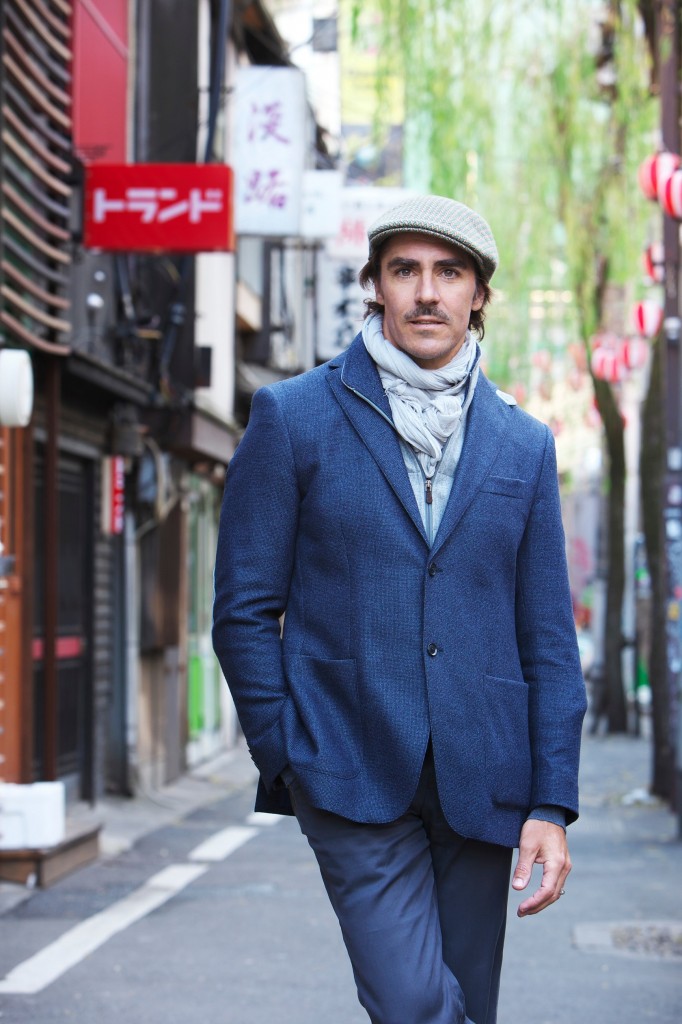
What changes has Piper-Heidsieck gone through in the last 10 years?
There were some changes in terms of grape sources and also differences in winemaking techniques. Régis Camus, chef de cave of Piper-Heidsieck, introduced a greater percentage of reserve wine in the non-vintage Brut to bring more balance and complexity to the wine. He’s increased the time on lees (the legal amount for champagne is 18 months and he has increased it to 24 to give that bready, brioche, marmalade, and crème brûlée aroma that people find so attractive. To soften hard acidity, Camus has also introduced malolectic fermentation. What used to be a shrill, high-acid and green Champagne has become a far more poised, balanced, and fruit driven and structured bubbly with finesse. In terms of vintage champagnes, all the changes are applicable except for the increase in reserve wines.
How would you pair bubblies with our local food?
I would pair char siew, roasted duck or goose with something like rose champagne such as the Piper Heidsieck Rose Sauvage with 20 to 25 percent Pinot Noir. The Rose Sauvage is rich enough, it’s cold, it’s got bubbles and it’s fresh so it cuts through all that fat. For more elegant wines like the Charles Heidsieck Brut Reserve, I would pair with more subtly flavoured dishes like steamed fish with shallots and ginger.
Excerpt from July 2013 issue of epicure.
SHARE
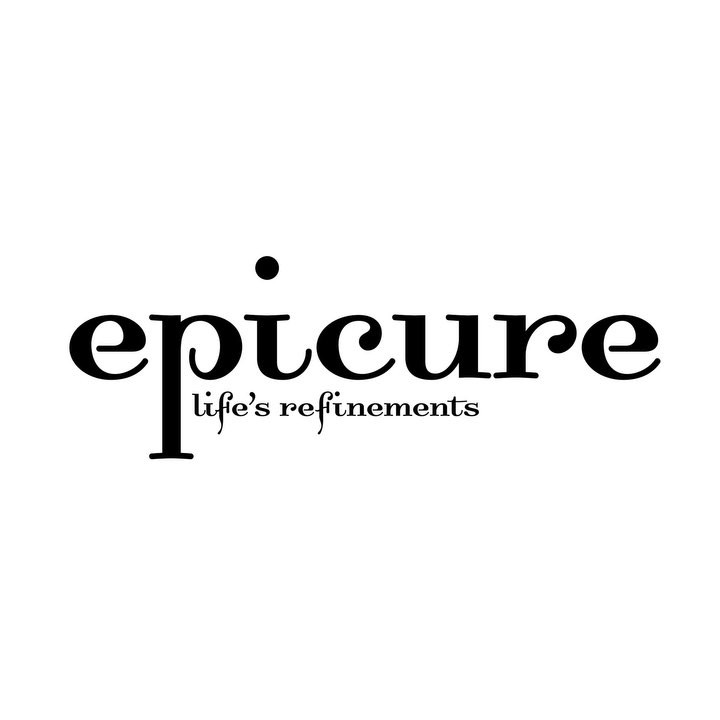






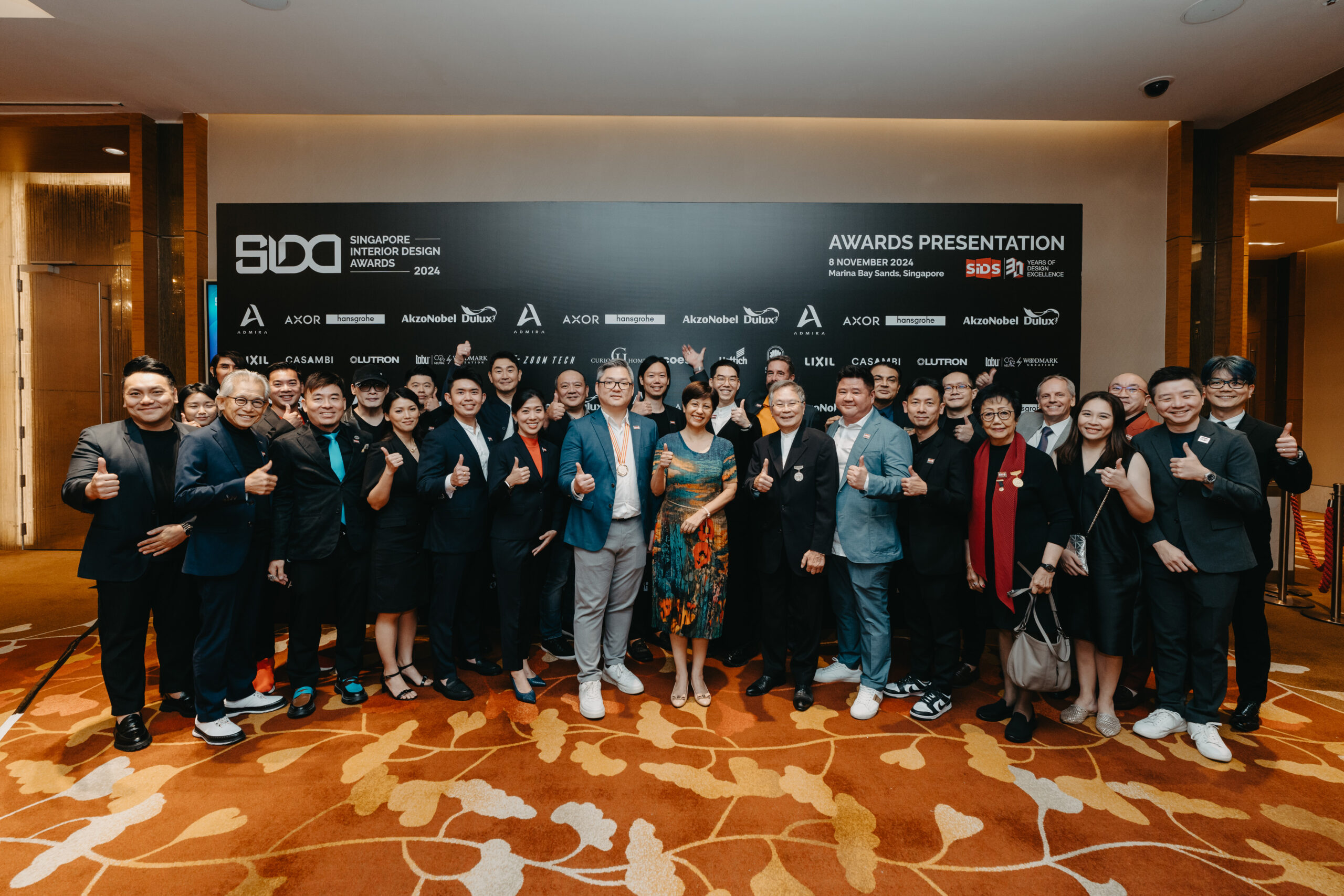

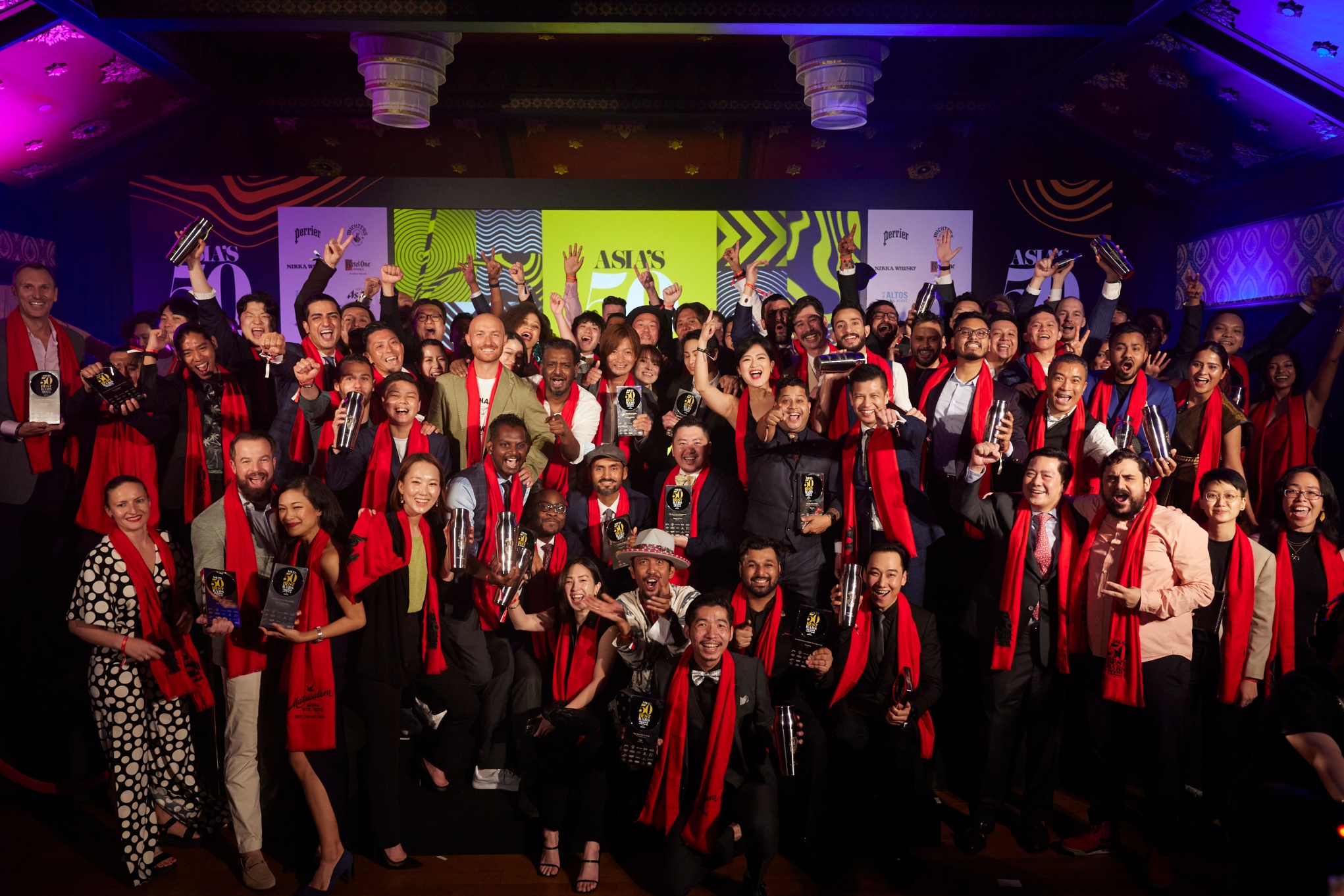

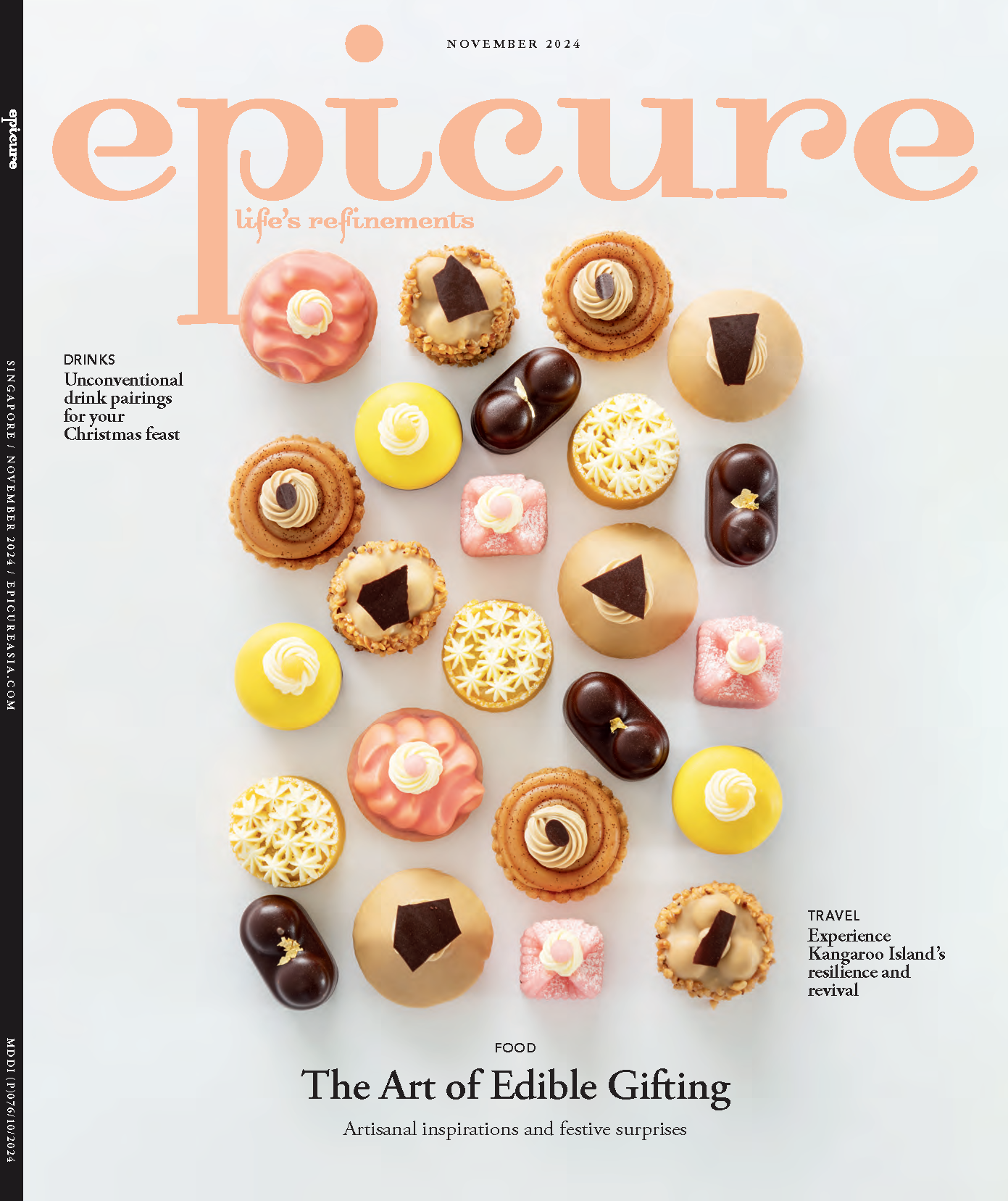





 SUBSCRIBE
SUBSCRIBE